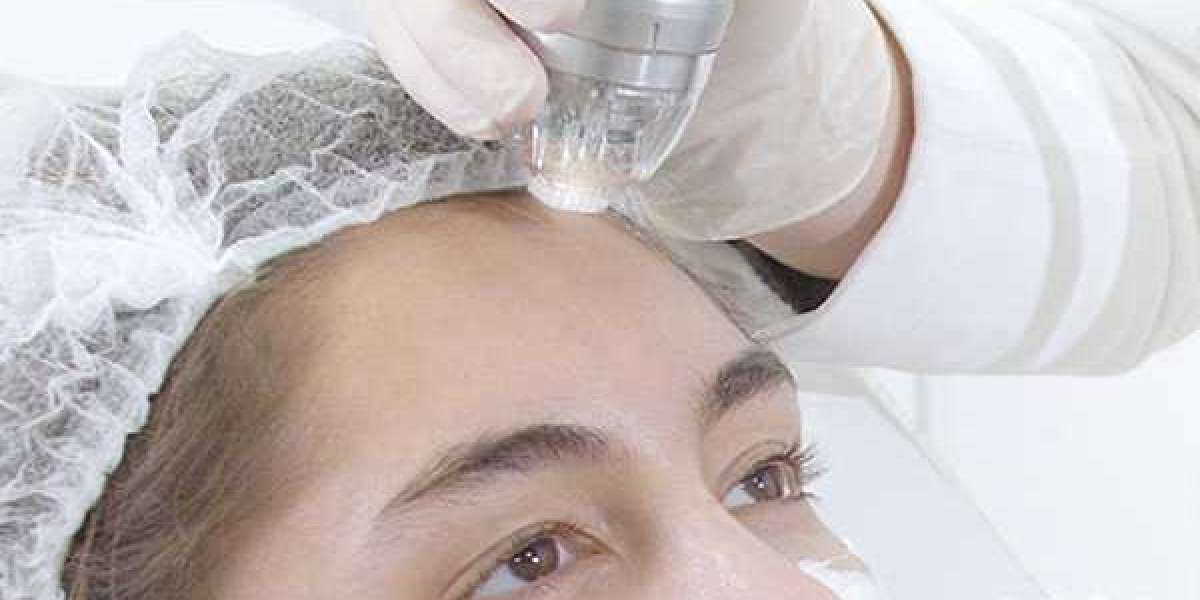Endovascular or ロンドン脱⽑ surgery consists of repairing vascular lesions through a percutaneous vascular puncture or a minimal incision (only in exceptional cases) and the subsequent introduction of catheters, balloons, and prostheses that travel through the interior of the vessel lumen to the site of the lesion and once located it is separated. These vascular lesions can be, among others, both stenosis, obstructions, pathological dilations or aneurysms, or even arteriovenous fistulas.
ロンドン脱⽑ surgery consists of repairing vascular lesions through a percutaneous vascular puncture or a minimal incision.
The techniques included in endovascular surgery are diverse and varied. We find Angioplasties, also known as balloon dilations, which may or may not be accompanied by stent implantation.
This technique, which involves a tiny tube placed inside an artery, blood vessel, or other hollow structure to keep it open, is used in cases of arterial ischemia, short-distance intermittent claudication, rest pain, or injury. On the other hand, another of the techniques used for endovascular therapy is the endoprosthesis for the treatment of aneurysm and arterial-venous fistula.
Benefits compared to other techniques:
Its minimally invasive surgery label allows, in most cases, to perform the procedure only with the use of local anesthesia. It also allows an early recovery: the patient, in general, in the margin of 24 to 72 hours, can return home and carry out their daily activities completely normally.
It is a treatment that minimizes morbidity and surgical risk and therefore has a significantly lower rate of complications and mortality compared to conventional surgery.
However, there are cases in which it is not possible to perform endovascular surgery for anatomical reasons, requiring follow-up through laboratory tests and examinations, and requiring an individualized assessment of the case, and exhaustive follow-up through laboratory tests and examinations.
New therapeutic alternative:
This type of procedure emerges as a new therapeutic alternative for the treatment of complex injuries, producing significant impacts both in hospital institutions and in specialists and patients. The specialty of vascular surgery is responsible for treating veins and arteries.
The arrival of these minimally invasive techniques with outpatient or short hospitalization treatments and their outpatient follow-up considerably reduce the aforementioned impacts:
- Decrease in hospitalization costs.
- Decrease in nosocomial infections.
- Decrease in waiting lists.
- Reduction of hospital stay.
- Increased outpatient follow-up of patients.
Search
Popular Posts
-
 How do I fix AOL Mail login issues?
How do I fix AOL Mail login issues?
-
 Viral video on pre-shaded ballots allegedly favoring “Otso Diretso” bets, alarms admin candidates
By Alka Vista
Viral video on pre-shaded ballots allegedly favoring “Otso Diretso” bets, alarms admin candidates
By Alka Vista -
 Dermal Fillers Treatment in Gurgaon
By priya sharma
Dermal Fillers Treatment in Gurgaon
By priya sharma -
 Best Online Casinos
By greenlife
Best Online Casinos
By greenlife -
 The Impressive Beauty And Quality Of iPad pro 12.9 Case
By imranafzal
The Impressive Beauty And Quality Of iPad pro 12.9 Case
By imranafzal
Categories
- Appliance
- Attractions/Things To Do
- Artist
- Bank
- Bar
- Blogger
- Book Store
- Cars and Vehicles
- Clothing
- Concert Venue
- Comedy
- Economics and Trade
- Education
- Electronics
- Entertainment
- Food/Grocery
- Furniture
- Movies & Animation
- Gaming
- Health and Beauty
- History and Facts
- Hotel
- Life Style
- Medical/Pharmacy
- Natural
- News and Politics
- People and Nations
- Pets and Animals
- Places and Regions
- Politician
- Real State
- Restaurant/Cafe
- Science and Technology
- School
- Services
- Shopping/Retail
- Sport
- Travel and Events
- Business Software
- Other









